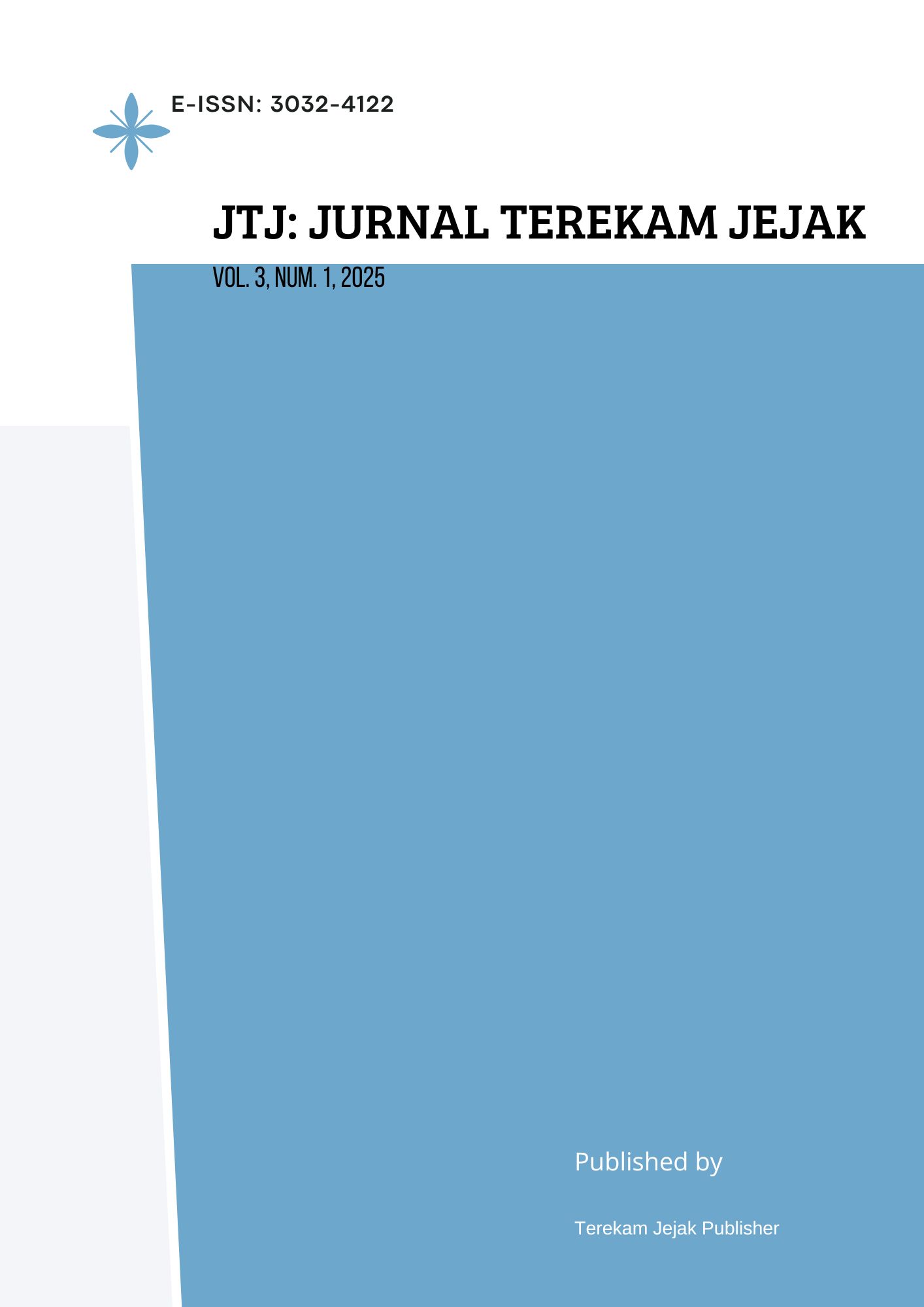Algorithmic Influence and American Public Diplomacy: Ethical Dimensions of AI-Powered Political Advocacy on Social Media
DOI:
https://doi.org/10.5281/Keywords:
AI , US Public Diplomacy, Soft Power, Ethics, Social MediaAbstract
This article investigates the ethical dimensions of artificial intelligence (AI)-powered political advocacy within the realm of U.S. public diplomacy, particularly as disseminated through social media platforms. The study applies a qualitative content analysis method, drawing from reputable media and academic sources, and is anchored in Networked Public Diplomacy Theory and Soft Power Theory. Findings indicate that while AI technologies enhance message personalization, efficiency, and reach, they also introduce significant ethical challenges including algorithmic bias, opacity, and the erosion of public trust. These risks threaten the legitimacy and credibility of diplomatic institutions, especially when AI-generated content lacks contextual awareness or factual rigor. The study reveals that although AI can support soft power projection, its uncritical use may distort democratic discourse and undermine long-term diplomatic objectives. The research concludes that AI must be embedded within transparent, accountable, and culturally sensitive frameworks to fulfill its potential as a tool for relational diplomacy. It also recommends methodological diversification and greater interdisciplinary engagement to address the complex socio-technical implications of AI in public diplomacy.
Downloads
References
Bazlutckaia, M. M., & Anna N. Sytnik. (2024). Transmedia Engagement: AI-Driven Frame Analysis of the U.S. Digital Diplomacy in Russia. 3067. https://doi.org/https://doi.org/10.53658/RW2024-4-4(14)-63-85
CETaS. (2025). Full Fact Report 2025 misinformation in an open (Issue May). https://fullfact.org/documents/393/full-fact-report-2025.pdf
Di Martino, L., & Ford, H. (2024). Navigating uncertainty: public diplomacy vs. AI. Place Branding and Public Diplomacy, 2023. https://doi.org/10.1057/s41254-024-00330-z
Fitzpatrick, K. (2017). Public diplomacy in the public interest. The Journal of Public Interest Communications. https://journals.flvc.org/jpic/article/view/93315
Huang, Z. A. (2024). Terminology, AI bias, and the risks of current digital public diplomacy practices. Place Branding and Public Diplomacy. https://doi.org/10.1057/s41254-024-00324-x
Jia, C., Lam, M. S., Mai, M. C., Hancock, J. T., & Bernstein, M. S. (2024). Embedding Democratic Values into Social Media AIs via Societal Objective Functions. Proceedings of the ACM on Human-Computer Interaction, 8(CSCW1). https://doi.org/10.1145/3641002
Karaköse, A. (2024). AI reshaping diplomacy amid ethical concerns, expert says. Www.Hurriyetdailynews.Com. https://www.hurriyetdailynews.com/ai-reshaping-diplomacy-amid-ethical-concerns-expert-says-191492#:~:text=To ensure fairness in any,the diversity of each society
Kuznetsov, N., & Liang, F. (2023). Digital diplomacy of USA and China in the era of datalization. Vestnik of Saint Petersburg University. Internasional Relations, 16(2), 191–200. https://doi.org/10.21638/spbu06.2023.206
LaChapelle, C., & Catherine Tucker. (2023). Generative AI in Political Advertising. Www.Brennancenter,Org. https://www.brennancenter.org/our-work/research-reports/generative-ai-political-advertising#:~:text=As the 2024 U,nature of its influence remains
Lawal, P. B. (2025). Diplomacy and International Relations in the Age of Artificial Intelligence: The Russia-Ukraine Conflict as a Model. INTERNATIONAL JOURNAL OF RESEARCH AND INNOVATION IN SOCIAL SCIENCE(IJRISS), VII(2454), 1175–1189. https://doi.org/10.47772/IJRISS
Manor, I., & Segev, E. (2020). Social media mobility: Leveraging Twitter networks in online diplomacy. Global Policy. https://doi.org/10.1111/1758-5899.12799
Novelli, C., & Sandri, G. (2024). Digital Democracy in the Age of Artificial Intelligence. SSRN Electronic Journal, 1–27. https://doi.org/10.2139/ssrn.4901264
Pamment, J. (2016). Intersections Between Public Diplomacy & International Development: Case Studies in Converging Fields.
Pew Research Center. (2024). Social Media and News Fact Sheet. https://www.pewresearch.org/journalism/fact-sheet/social-media-and-news-fact-sheet/#:~:text=Digital sources have become an,with the last few years
Sevin, E., & Eken, M. E. (2024). Yet another turn? priotising the needs of diplomacy over the capabilities of generative AI. Place Branding and Public Diplomacy, 0123456789. https://doi.org/10.1057/s41254-024-00325-w
Snow, N. (2020). Public Diplomacy. Oxford University Press. https://doi.org/10.1093/acrefore/9780190846626.013.518
The United States Advisory Commission on Public Diplomacy (ACPD). (2023). 2023 Comprehensive Annual Report on Public Diplomacy & Internasional Broadcasting. https://www.google.com/urlsa=t&rct=j&q=&esrc=s&source=web&cd=&ved=2ahUKEwiCr7HO6uuBAxVkSzABHUlFCY4QFnoECBgQAQ&url=https%3A%2F%2Fwww.state.gov%2Fwp-content%2Fuploads%2F2022%2F03%2F2021-ACPD-Annual-Report-508-WEB.pdf&usg=AOvVaw2xCyXPlS1eXHn4bCiAiIhX&opi=89
Williams, B. R., & Otto, L. (2022). Artificial Intelligence as a Tool of Public Diplomacy : Communication between the United States and Iran. Peer Reviewed . The Thinker, 90, 28–40.
Downloads
Published
Issue
Section
License
Copyright (c) 2025 Jurnal Terekam Jejak

This work is licensed under a Creative Commons Attribution-NonCommercial 4.0 International License.




